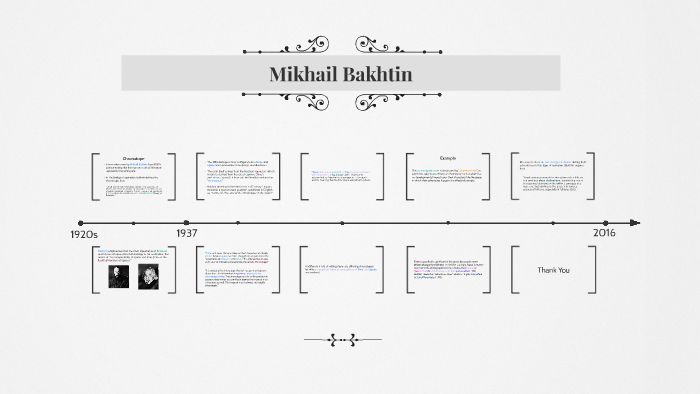

symbolicznie przedstawienie wewnętrznego rozdarcia, krajobraz miejski, dwuznacznosć i niepewność sugerowana tematem podróży, nakładanie się teraźniejszości i przeszłości w architekturze budynków, nawiązują do głównych motywów powieści. Wszystkie najważniejsze aspekty obrazu de Chirico, tj. Tym, co łączy oba dzieła, jest idea chronotopu. Powieść i obraz zdają przenikać się wzajemnie tak, że możliwe jest postrzeganie książki jako rozbudowanej ekfrazy obrazu de Chirico, podczas gdy obraz może być odczytywany jako motyw autotematyczności w powieści. Związek między oboma dziełami wykracza poza zbieżnosć tytułów. Naipaula The Enigma of Arrival i obrazu Giorgio de Chirico Zagadka przybycia. Moreover, the close interaction of Naipaul’s novel and de Chirico’s painting, as discussed in this study, is accompanied by the process of approximating the condition of the other art.Īrtykuł ten jest analizą porównawczą powieści V. Consequently, Bakhtin’s words referring to the representational potential of the chronotope become literally materialised and concretised in de Chirico’s painting. In the context of the novel, the painting becomes an exact representation of the chronotope of the threshold in the narrator’s life, when first in New York and then in London the breach in his personality becomes recognised and begins to determine all his subsequent decisions and actions. the internal hesitation symbolically represented, the city square in the background, the idea of uncertainty and indefiniteness suggested by the motif of voyage, as well as the interconnectedness of the past and the present in the architecture of buildings, involve de Chirico’s Enigma in a peculiar relationship with literature and Naipaul’s novel in particular. All the major elements of the image, i.e. The common denominator for the interaction of the visual and verbal Enigma is the idea of the chronotope. The novel and the painting seem to inform each other so that the book can be seen as an extended ekphrastic response to the image or the visual scene can be read as mise-en-abyme of the entire novel. The relation between those two works extends far beyond the title. Naipaul’s novel The Enigma of Arrival and Giorgio de Chirico’s painting The Enigma of Arrival and the Afternoon. The article is a comparative analysis of V.


 0 kommentar(er)
0 kommentar(er)
